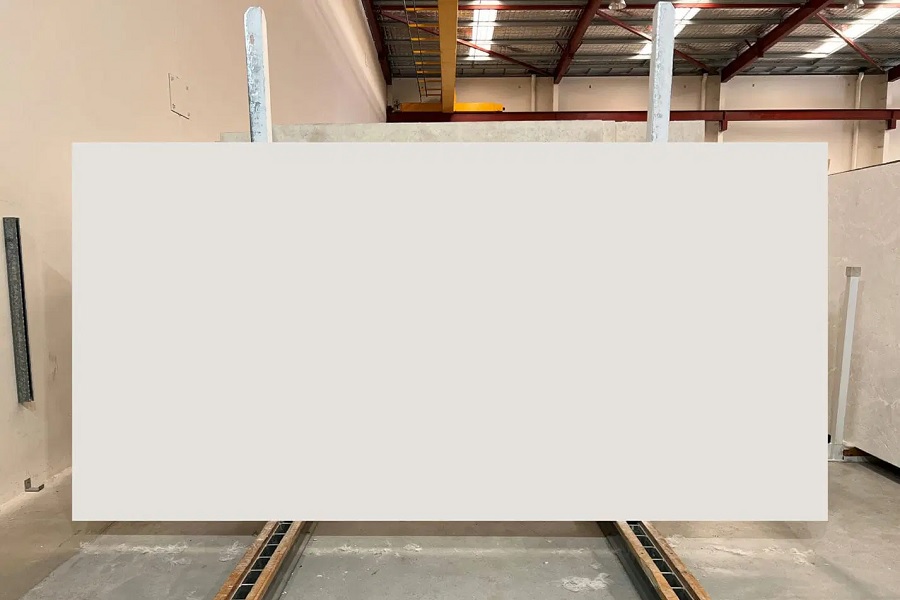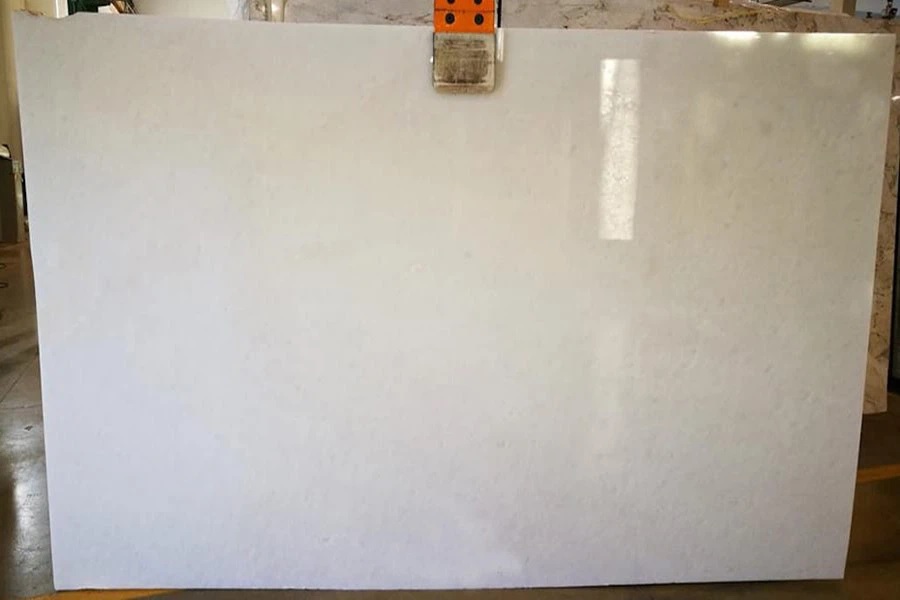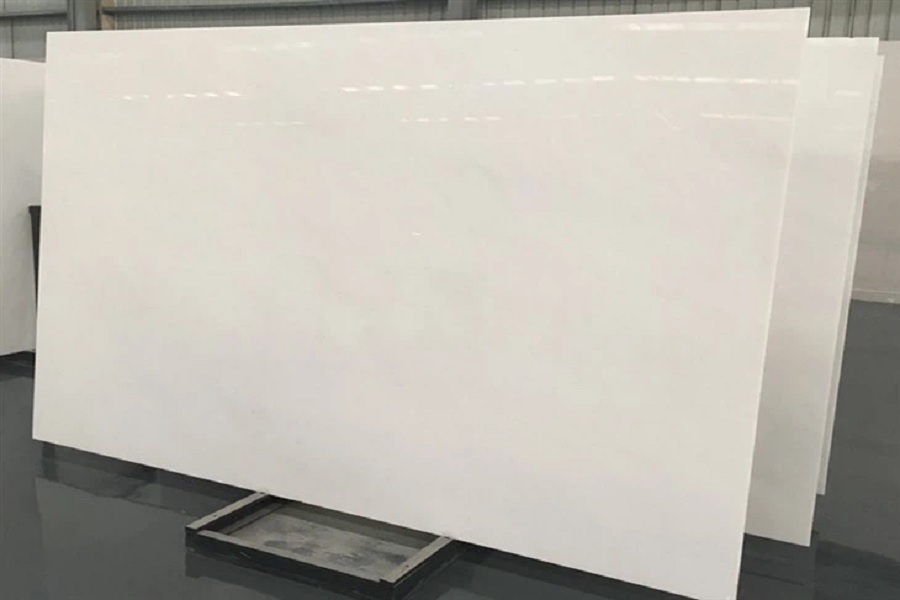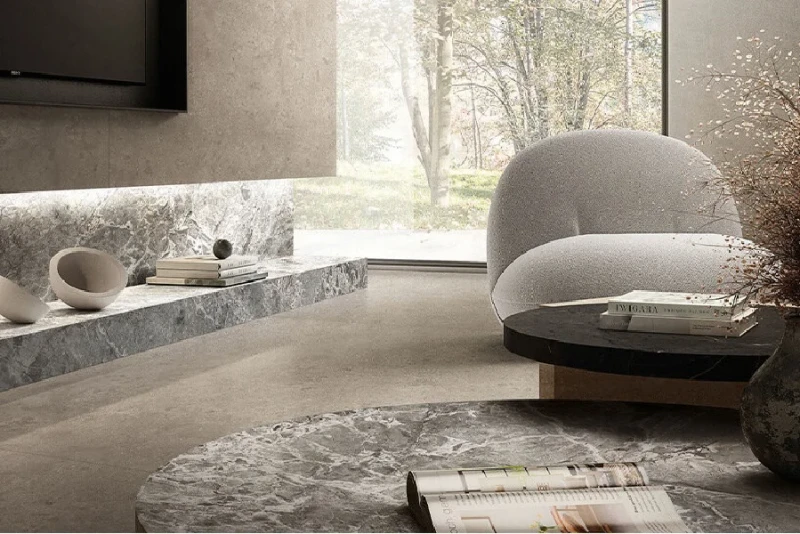
Choosing Pure White Marble
The decision to incorporate pure white marble into a home is a commitment to timeless elegance and luxury. This material, celebrated for its luminous and serene presence, can elevate any design. However, the process of selecting the perfect stone requires a discerning eye. The quest for high purity white marble means looking beyond the surface to understand its quality and origin. This guide is designed to navigate the critical factors involved in Choosing Pure White Marble, ensuring the slab you select is not just beautiful, but the perfect foundation for your project for years to come.
Beyond the Name: Understanding Grades and Origin

The first step in Choosing Pure White Marble is understanding that not all white marble is created equal. The quarry of origin plays a significant role in the stone's subtle characteristics. Marbles from different regions, whether it's the famed quarries of Italy, the brilliant stones from Greece, or pristine varieties from Vietnam, will have slight variations in their crystalline structure and underlying color temperature. A knowledgeable supplier can explain how a stone's origin story influences its final look and feel.
Furthermore, marble is often graded based on its quality. These grades (typically designated with letters like A, B, C, D) reflect the stone's structural integrity. Grade A marble, for example, will have a more uniform appearance with minimal natural fissures or imperfections. Lower grades may have more soft spots, require more factory-repaired patches (resining), or have less consistency. Understanding the grade is crucial for ensuring the durability and longevity of your investment, especially for high-traffic applications like kitchen countertops.
Key Visual Factors in Choosing Pure White Marble

When you begin viewing slabs, color temperature is one of the most subtle yet critical details. "Pure white" is a spectrum; some marbles have cool, slightly blue or gray undertones, while others lean towards a warmer, creamier white. There is no right or wrong choice, but it is essential to select a stone whose undertones complement the other elements in your design, such as cabinet colors and lighting. Always view samples in the actual room where they will be installed to see how they react to the natural and artificial light.
The uniformity and grain of the marble are also key visual factors. The term "uniform white marble" refers to a stone with a consistent and homogenous appearance, free from distracting blotches or heavy veining. The crystalline structure, or grain, can range from very fine and sugary to larger, more glittery crystals. A finer grain often lends a softer, more refined look, which is highly sought after for minimalist and contemporary designs. This consistent appearance is vital for achieving a seamless, high-end look.
Visual Inspection Checklist:
· Examine the entire slab for any discolorations or yellowing
· Hold samples against your cabinetry and flooring colors
· View the slab under both natural and artificial lighting
· Inspect the edges and back for deep cracks or excessive filler
Practical Considerations for Your Project
The most important rule when Choosing Pure White Marble is to inspect the exact slab you will be purchasing. A small 4x4 inch sample cannot possibly represent the full character of a large slab. Natural stone has inherent variations, and you need to see the complete picture to approve its overall look. If your project requires multiple slabs, it is critical to select consecutive slabs from the same block (or "lot") to ensure the best possible match in color and grain.
You must also decide on the finish. A polished finish is the classic choice, offering a high-gloss, reflective surface that makes a bold statement. However, it also shows etches and scratches more readily. A honed finish provides a matte, satin-smooth surface that is better at hiding minor imperfections, making it a popular and practical choice for modern kitchens. Finally, consider the thickness. Countertops typically require a thickness of 3cm (1.25 inches) for durability, while 2cm slabs are often used for backsplashes or wall applications.
The Final Steps in Choosing Pure White Marble

Before making a final decision, take a moment to verify the stone's quality. Real marble will feel cool to the touch. Look closely at the surface for an even finish and inspect the back to see if there are any large, filled areas that might indicate a weaker slab. A key part of Choosing Pure White Marble is trusting your senses and asking the right questions. A reputable supplier will be transparent about the stone's characteristics and welcome a thorough inspection.
Working with a knowledgeable and trustworthy supplier is paramount. A good vendor will not only have a curated selection of high-quality stone but will also provide crucial information about its origin and grade. They should encourage you to view slabs in person and offer expert advice on the best choice for your specific application. This partnership is the final, crucial step in securing a material that you will love for a lifetime, and it bridges the gap between simply buying a stone and making a truly informed investment.
Questions to Ask Your Supplier:
· What is the specific name and origin of this marble?
· What quality grade has this slab been assigned?
· Can I inspect the full slab(s) for my project before purchasing?
· What finish do you recommend for my intended use (e.g., kitchen vs. bathroom)?
The FMA Marble Difference: A Curated Pure White Marble Collection
Absolute White marble is more than a material; it's the ultimate expression of purity and light. At FMA Marble, we meticulously curate our collection, hand-selecting only the most flawless slabs from premier quarries. Each piece is a testament to unparalleled quality, chosen to deliver a brilliance that transforms any space. Allow our dedicated specialists to guide you through this exclusive selection. Connect with us to schedule a private viewing and discover the slab that will become the signature of your home.
Frequently Asked Questions (FAQ)
What's more important when choosing marble: its grade or its origin?
Both are important. The grade tells you about the stone's structural quality and purity, while the origin gives you clues about its specific aesthetic, like its exact shade and crystalline texture.
Should I choose a honed or polished finish for a kitchen countertop?
A polished finish is classic and shiny but shows etches more easily. A honed (matte) finish is excellent at hiding minor imperfections, making it a very practical and popular choice for modern kitchens.
Can I make a final choice from just a small sample?
It is highly discouraged. Always insist on viewing the full slab in person. Natural stone has variations across its surface that a small sample can never fully represent.



comments
No Comment YetLeave a Comment